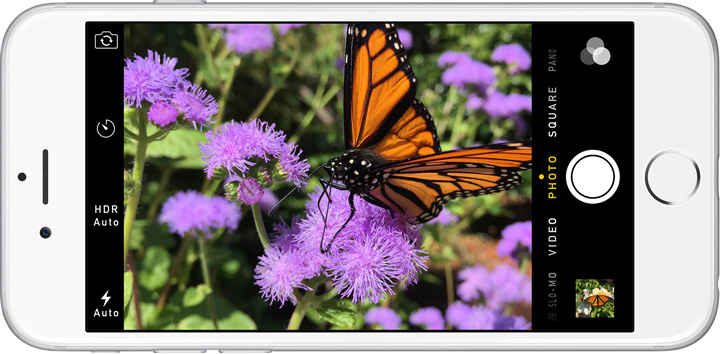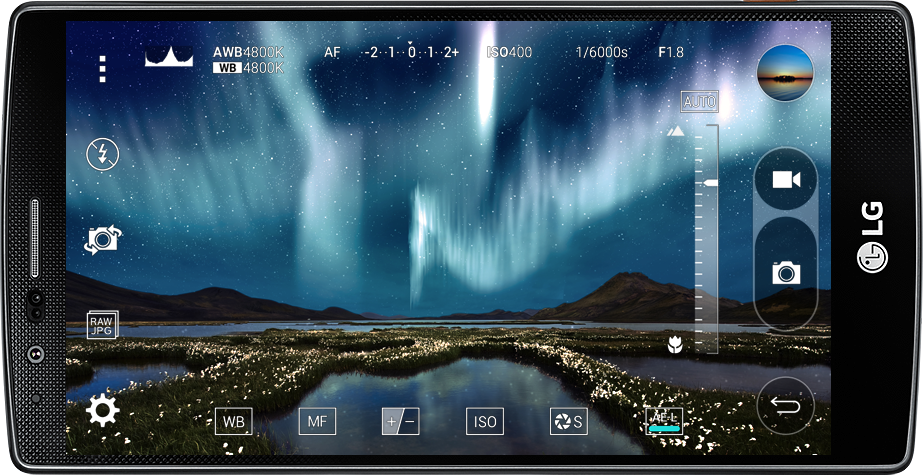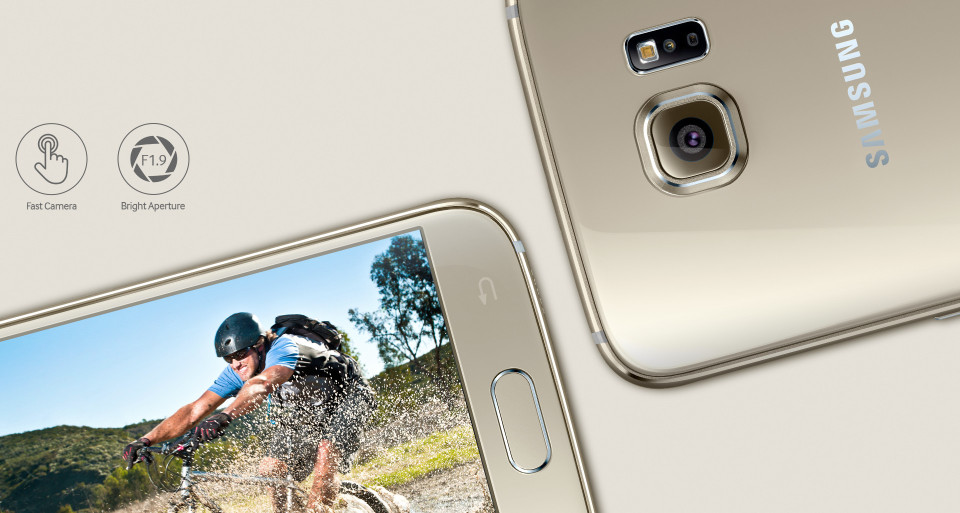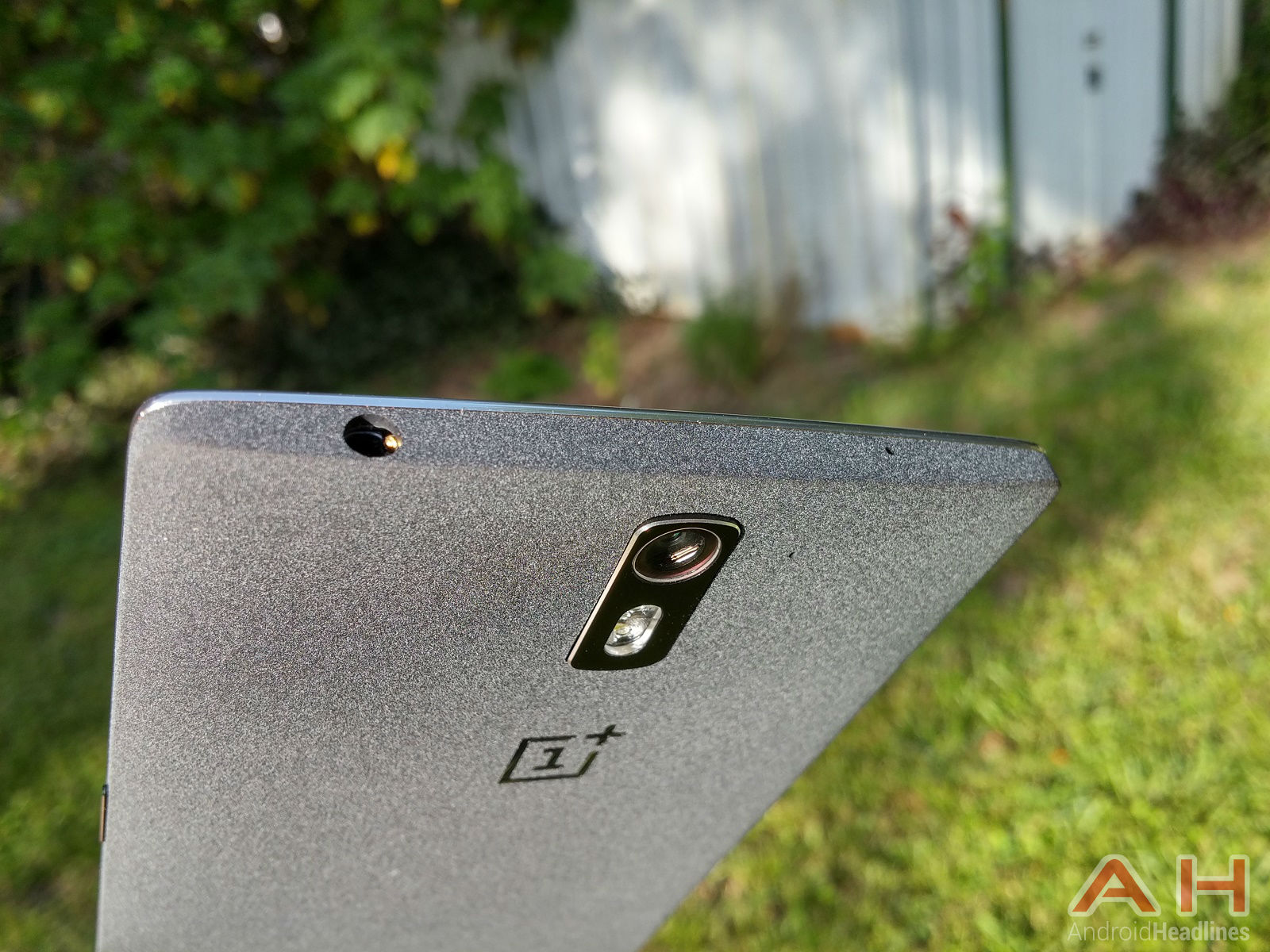In this three part series, we’ll look at how to take brilliant photos on your smartphone. In the first section, we’re covering the very first decision you make: what smartphone should you choose?
When it comes to taking great photos, you can make things much easier for yourself with the right smartphone. Flagship phones from Apple, Samsung, LG and others are capable of taking much better photos than the average low-end or mid-range smartphone, but you can find some great phones for taking photos even at lower price points. Here are our recommendations for each price bracket.
High-end: iPhone 6, LG G4, Samsung Galaxy S6
The iPhone quickly became the standard by which smartphone cameras are measured, and the line remains strong with the most recent Apple iPhone 6 and iPhone 6 Plus. While the pair have only an 8-megapixel sensor, Apple’s lens system and image processing are legendary, letting the phones take some outstanding photos. Of the two, the iPhone 6 Plus is slightly preferred, thanks to its inclusion of optical image stabilisation. This feature makes it easier to take sharp photos at longer exposures, which is critical in low-light conditions.
Over in Android land, the LG G4 boasts a great camera. Its predecessor the G3 was the first to include a laser autofocus system, and combined with a 16-megapixel sensor, a wide f/1.8 lens and optical image stabilisation, you’ve got a tremendous camera on your hands. The G4 is also renowned for its built-in camera software, which includes a lot of manual controls that aren’t normally exposed.
The final high-end smartphone we’ll recommend is also one of the most popular, the Samsung Galaxy S6 and its brother the Galaxy S6 Edge. The phones boast identical – and strong – specifications in the imaging department, including a 16-megapixel sensor, a wide f/1.9 lens and optical image stabilisation. Best of all, the S6 can go from the home-screen to taking a picture very rapidly, making it hard to miss that vital first shot. In many group camera tests published this year, the Galaxy S6 took home the top prize.
Mid-range: OnePlus One, Sony Xperia M4 Aqua
The OnePlus One came out last year to significant attention, bundling flagship specs into a mid-range price point. A year on, and the OnePlus Two is about to come out… and that means the OnePlus One is going cheap. The phone comes with a great 13-megapixel camera on the rear (and five megapixels up front). The dual LED flash is a (somewhat) unique feature, but the great image processing here really adds a lot too. Overall, a strong choice if you can find the stock.
Our other mid-range recommendation is for the Sony Xperia M4 Aqua. This phone is waterproof – a rarity in the mid-range – but it also includes a great camera setup. That includes a 13-megapixel Sony sensor and even a dedicated two-stage camera button. The phone takes good pictures, although there are some complaints about the shot-to-shot time of the camera; it’s a bit slow. At the price, it remains a great option.
Low-end: Moto G (2014), Microsoft Lumia 640
The Motorola Moto G (2014) may be a highly affordable phone, but it still has a decent camera. That includes an 8-megapixel sensor, autofocus and LED flash, and Google’s svelte camera app. The phone is also quite fast and includes the option of Micro SD storage, so you should be able to take a whole lot of photos, and take them quickly.
The Microsoft Lumia 640 is the latest budget option for Windows Phone, and it comes with a surprisingly great 8-megapixel camera. The Lumia Camera app is one of the best available on any OS, and it works well enough here to create good-looking images for Facebook or Instagram. The Lumia 640 XL is a little bit more expensive, but it steps up to a great 13-megapixel camera that looks even better.
Conclusion
So there we have it – seven great modern smartphones for taking photos; the ideal starting point for your mobile photography ambitions, regardless of your budget. Stay tuned for part 2 and 3, where we’ll look at the best accessories and the best apps to make the most of your photos.
Did you find this first part of our smartphone camera guide helpful? Let us know in the comments below. Feel free to suggest more topics for us to cover too! You can also reach us on Twitter @mobilefun!







Huawei P9